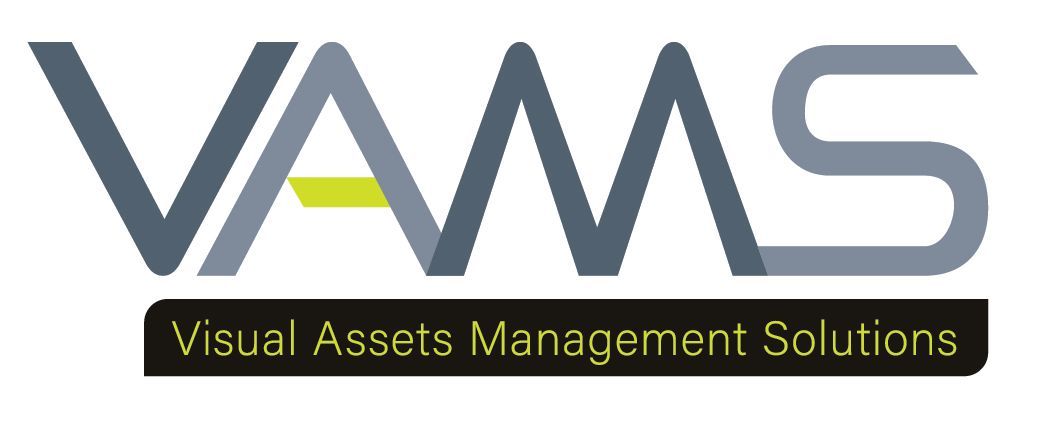The Art of Visual Branding in Hospitality
The Art of Visual Branding in Hospitality

The Art of Visual Branding in Hospitality
Visual branding in the hospitality industry isn't just about aesthetics; it's a crucial aspect of
the overall business strategy that influences how guests perceive and interact with a brand.
From the color schemes in the lobby to the design of the menu, every visual element plays
a part in shaping the guest experience and can ultimately determine the success of a
business in this highly competitive sector.
Elements of Effective Visual Branding in Hospitality
Color is a powerful communication tool and can be used to influence mood and
physiological reactions. In hospitality settings, the choice of color can evoke a sense of
comfort, luxury, or excitement. For example, blues and greens are often used to create a
calming atmosphere conducive to relaxation, while reds might be employed to energize
and stimulate appetite.
We will explore how successful hospitality brands utilize color psychology to enhance
guest experiences and reinforce brand identity. Successful brands often use color to subtly
communicate the level of service and luxury they offer.
Deeper, richer colors such as burgundy or navy may imply a more upscale and exclusive
experience, which can attract a specific clientele seeking luxury. Conversely, vibrant and
energetic colors like orange or yellow could be aimed at a more budget-conscious, youthful
audience. This strategic application of color not only enhances aesthetic appeal but also
positions the brand within its market segment.
Typography Matters
Typography isn't just about the style of text; it's about making a statement. The typefaces
chosen by a brand can convey sophistication, whimsy, or stability, impacting how the
brand's message is received. In this subsection, we'll discuss the strategic use of
typography in branding materials from signage to digital platforms, and how it helps
maintain consistency and familiarity across all guest interactions.
Imagery and Themes
Visual storytelling through imagery sets the tone and supports the brand narrative. In the
hospitality industry, themes often revolve around local culture, history, or the unique
characteristics of the property.
Images not only decorate but also communicate, whether through photographs that
highlight the property’s amenities or graphic elements that tie into a broader thematic
concept. We'll analyze how imagery and thematic consistency are curated to craft
immersive brand experiences that resonate with guests.
Creating a Cohesive Brand Experience
Creating a cohesive visual brand requires more than just consistency in colors and logos; it
demands a holistic approach where every element complements the others to enhance
the brand's core message. In this section, we’ll examine how leading hospitality businesses
integrate their visual branding across various channels and touch points—from interior
design to digital presence.
To elaborate further, a cohesive brand experience also involves thoughtful consideration of
sensory branding elements like music, scent, and material textures that align with the
visual elements. For instance, a luxury hotel might use a signature scent in its lobby that
complements its visual themes and color palette, reinforcing the brand's identity through
multiple sensory channels.
Additionally, operational items like staff uniforms and dining ware are designed to reflect
the brand’s aesthetic, ensuring that every guest interaction reinforces the visual narrative
established by the brand.
Digital Presence and Visual Branding
The digital landscape offers unique opportunities and challenges for visual branding in the
hospitality industry. A strong online presence, which includes a website, social media
profiles, and digital advertising, must align visually with the physical experience oFered at
the venue.
This alignment is crucial not only for maintaining brand integrity but also for ensuring that
the digital interaction feels like a natural extension of the physical environment. With the
rise of mobile usage, it's imperative that all digital platforms are optimized for mobile
devices, providing a seamless user experience that reflects the brand’s aesthetic and
values.
Moreover, engaging video content and virtual tours can significantly enhance online
engagement by offering a dynamic preview of what guests can expect. Analytics tools can
be employed to track engagement and refine strategies, ensuring that the visual branding
resonates well with the target audience. .
Rebranding: When and How
As the market evolves, so too must brands. Rebranding is a critical decision for any
hospitality business that needs to stay relevant in a changing industry.
In-depth market research is essential before undertaking a rebranding initiative.Feedback
from guests can provide invaluable insights into the strengths and weaknesses of the
current brand, informing the direction of the rebrand. It's also vital to involve key
stakeholders early in the process to align goals and expectations.
Once a clear direction is established, the visual elements—logos, color schemes,
typography—need to be redesigned to communicate the new brand identity effectively
while maintaining a connection to the brand's heritage.
Challenges and Solutions in Visual Branding for Hospitality
Implementing a visual branding strategy in the hospitality industry comes with its set of
challenges. From maintaining consistency across diverse platforms and physical locations
to evolving brand identity without losing the essence of the brand, the hurdles can be
significant.
One major challenge is the need for brand coherence across a wide range of touch points,
from digital interactions to physical environments. This can be particularly daunting for
brands with multiple locations across different cultural contexts.
Each location needs to resonate with local tastes and traditions while maintaining the
overarching brand identity. To address this, brands can use local motifs and elements in
design while keeping core brand colors, logos, and thematic elements consistent.
Another significant challenge is ensuring that all staff across different locations understand
and embody the brand’s visual identity. This goes beyond mere aesthetics to include the
attitudes and behaviors that staff exhibit, which can dramatically influence guest
perceptions. Solutions here include comprehensive training programs and regular
workshops that help staff understand the brand's visual and experiential goals.
The rapid pace of technological advancement presents both opportunities and challenges
in visual branding. Digital platforms evolve constantly, requiring brands to stay current with
the latest design trends and technological capabilities.
Employing adaptive design strategies that ensure optimal display and interaction across all
devices is crucial. Brands also need to invest in technology that allows them to manage
and update their visual assets easily across platforms, ensuring consistency.
The Lasting Impact of Masterful Visual Branding
In this final section, we will recap the key points discussed throughout the article,
emphasizing the importance of a well-thought-out visual branding strategy in the
hospitality industry. We will underscore how a cohesive and appealing visual brand not
only enhances the guest experience but also significantly contributes to business success.
Additionally, we will touch on the need for brands to stay adaptable and responsive to
changes in the industry and consumer behavior. A final thought on the ongoing process of
brand management and innovation will encourage businesses to continually assess and
refine their visual branding eForts to stay competitive and relevant.

